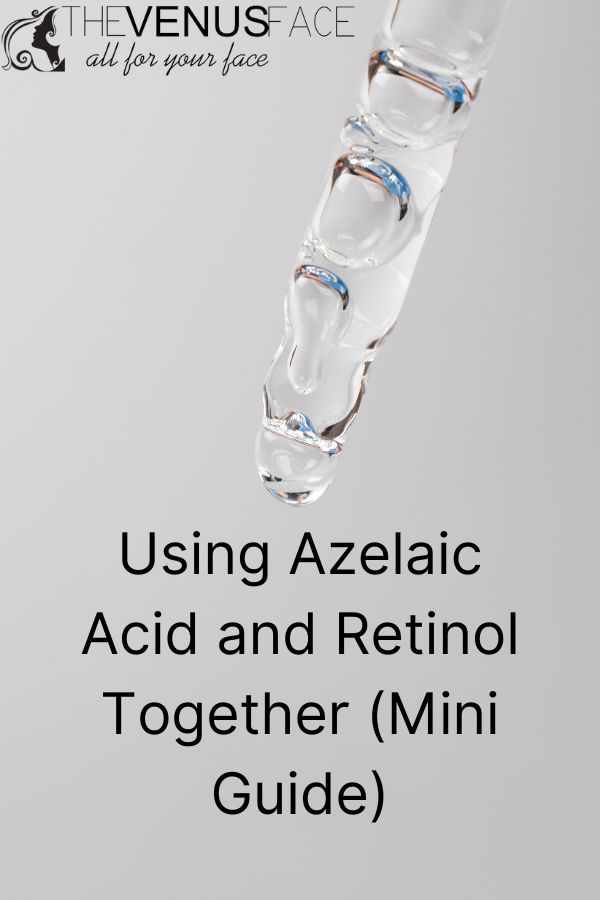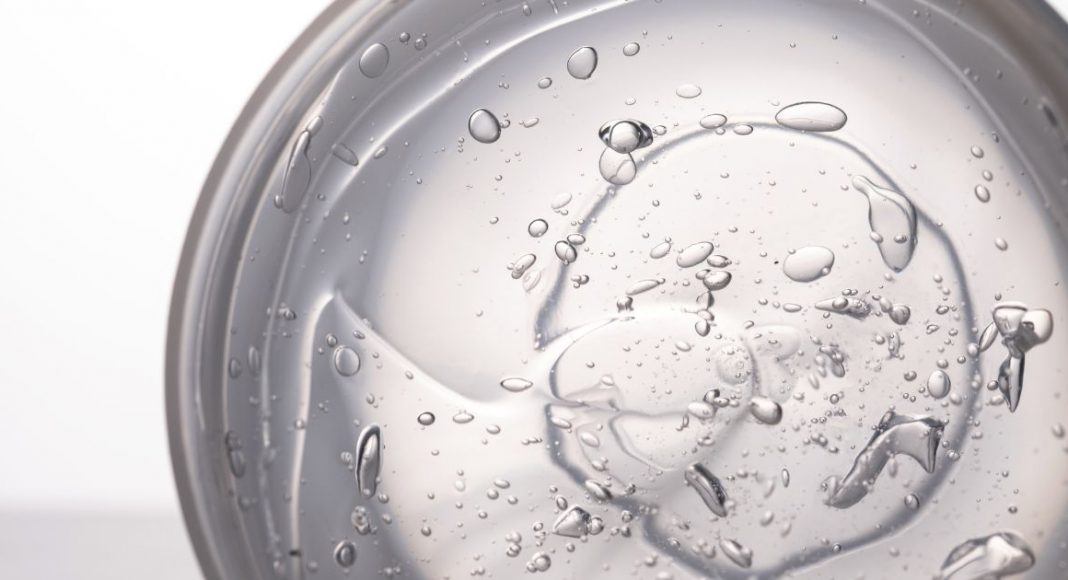Azelaic acid is a naturally occurring acid that is found in wheat, barley, and rye. It has antibacterial, anti-inflammatory, and keratolytic properties, making it an effective treatment for various skin conditions. Acne is one of the most common conditions that azelaic acid is used to treat. By reducing the number of bacteria on the skin and minimizing inflammation, azelaic acid can help to improve the appearance of acne lesions. Additionally, azelaic acid can also be used to lighten hyperpigmentation.
Retinol is a type of vitamin A that is commonly used in skincare products. It is an ingredient that has been proven to be effective in reducing the appearance of wrinkles, fine lines, and other signs of aging. Retinol works by increasing cell turnover, which helps to improve the overall appearance of the skin. In addition, retinol can also help to improve the production of collagen and elastin, two important proteins that keep the skin looking firm and youthful. When used properly, retinol can help to give the skin a more youthful appearance.
You may have both of these ingredients in your skincare routine. In this article, we will discuss the use of azelaic acid and retinol.

Can I use azelaic acid with retinol?
Yes, you can. Azelaic acid and retinol can be used together to improve the overall appearance of your skin. Both ingredients are effective in reducing the appearance of wrinkles, fine lines, and other signs of aging. In addition, azelaic acid can help to lighten hyperpigmentation while retinol can help to improve the production of collagen and elastin, which should create a compound effect.
Can you mix azelaic acid and retinol?
Yes, you can. However, since acid and retinol are considered strong ingredients, mixing is not recommended for sensitive skin. So, better safe than sorry, always do a patch test on a small area first to see how your skin reacts before applying it all over your face.
How to use azelaic acid and retinol?
There are some basic rules you should follow when using azelaic acid and retinol.
Use face wash first
You should always use a cleanser before applying any acids or retinol to your skin. This will help to remove any dirt, oil, or makeup that could block the pores and lead to irritation. A clean face should help the products to work more effectively.
Apply azelaic acid today
This acid often comes in a serum, gel, or cream form. As a rule of thumb, the thinner consistency should be applied before the thicker ones. So, if the acid comes in the form of a serum, it should be the first thing you put on your face before thicker creams or gels. Start with a pea-sized amount, and smooth it over the entire face. You can apply it once or twice a day, depending on your skin’s tolerance.
Apply retinol tomorrow
The best form of retinol is serum, but it also comes in gel, cream, and oil forms. Just follow the instruction on the product packaging. Use your finger to apply a pea-sized amount of retinol to your entire face before bedtime, after cleansing and toning but before applying your usual moisturizer.
Since retinol makes your skin photosensitive, avoid sunlight exposure the morning after you use it. If you can’t avoid being in the sun, be sure to apply sunscreen with an SPF of 30 or higher. Or, the best practice is to apply retinol at night, before going to bed.
Use on alternate days
You can use azelaic acid and retinol on alternate days. For example, apply azelaic acid on Monday, Wednesday and Friday; then apply retinol on Tuesday, Thursday and Saturday. The reason is that using these 2 ingredients at the same time might be too harsh for your skin. However, there are some people who can use them together without any problem.
Final thoughts
Azelaic acid and retinol are both effective in reducing the appearance of wrinkles, fine lines, and other signs of aging. They can be used together to create a compound effect. However, a patch test is necessary to avoid any skin irritation. By adding these 2 ingredients to your skincare routine, you can achieve beautiful and healthy skin.
More:


